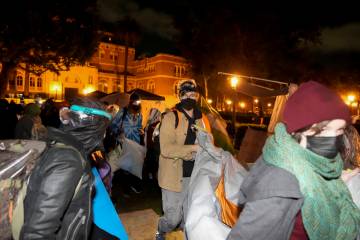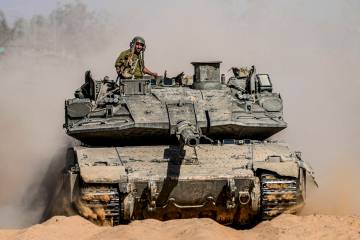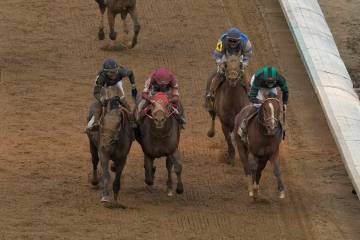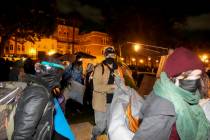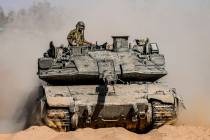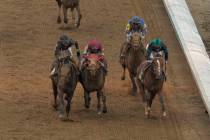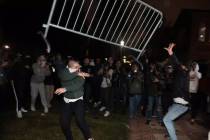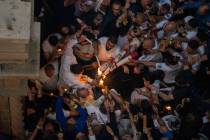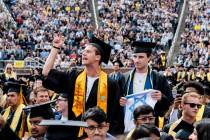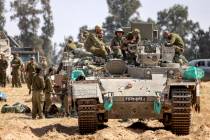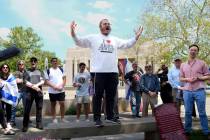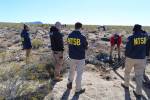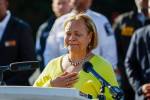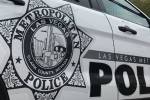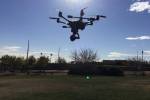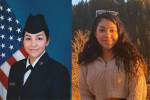NTSB makes air race recommendations
RENO -- Air race pilots should take their modified aircraft on a dry run before participating in certain types of competitions and possibly should wear flight suits to help them withstand high gravitational forces, the National Transportation Safety Board said Tuesday.
The recommendations were among seven the board offered during a news conference in Reno, nearly six months after a crash at the Reno National Championship Air Races that killed 11 people and seriously injured more than 70 spectators.
"We are not here to put a stop to air racing," said NTSB Chairwoman Deborah Hersman. "We are here to make it safer."
Investigators are still trying to piece together why 74-year-old Jimmy Leeward's souped-up P-51 Mustang rocketed straight up before pitching nose first onto the tarmac feet from a VIP viewing area on Sept. 16.
Officials say a final report would be issued before this year's air races, scheduled for September.
Intense scrutiny will be given to those last seconds of the doomed flight, when Leeward's plane banked going around the eighth pylon on the third lap of a six-lap race. It veered back to the right, shot up and rolled over before slamming into the ground in front of horrified spectators.
The NTSB said telemetry data showed the plane was traveling at 530 mph when it pitched violently upward, exerting a force of at least nine times the normal force of gravity on the pilot's body, 9 G's . The NTSB said that appears to have incapacitated the pilot as blood rushed from his brain.
By comparison, experts say, F-16 fighter pilots, who wear special suits to counter the G-forces, can typically take 9 G's, but only for a limited time. And those are modern planes designed with tilted seats intended to help keep blood flowing to the brain. Average roller coasters expose riders to about 2 to 3 G's , but only for brief moments.
Leeward was not wearing a special G-suit as he piloted the World War II-era aircraft, which had been heavily modified.
"We know very well that that is at the limit for human beings, and it is very difficult for people to maintain awareness at 5 G's -- 9 G's is significant," Hersman said. "But more importantly is the rapid onset in less than a second of this increased load."
The board recommends that race organizers provide training to pilots on how to mitigate the effects of high G-forces. Board members also want organizers to see whether it's feasible to require the flight suits during the races for the fastest aircraft.
Other safety recommendations involve changes to the race course layout and where fuel trucks and spectators are located.
A Houston-based attorney who represents 18 victims and family members in a lawsuit filed in Texas against the pilot's family, a mechanic on the aircraft and the Reno Air Racing Association said the recommendations were encouraging.
"There's never been a call to end air racing, but it can be done much more safely," said Tony Buzbee, whose lawsuit seeks tens of millions of dollars in damages.





